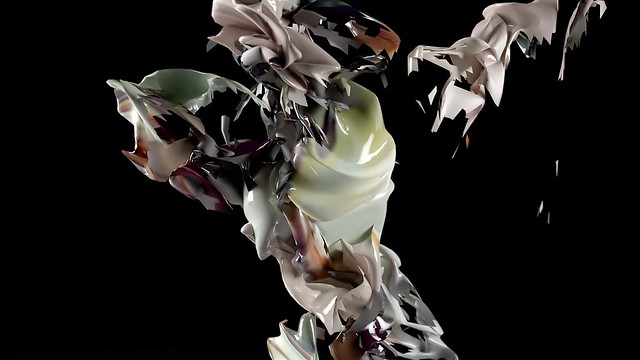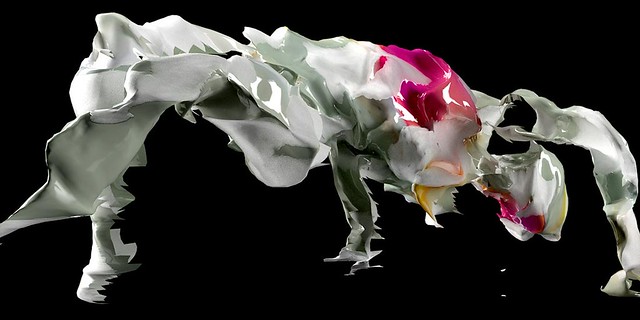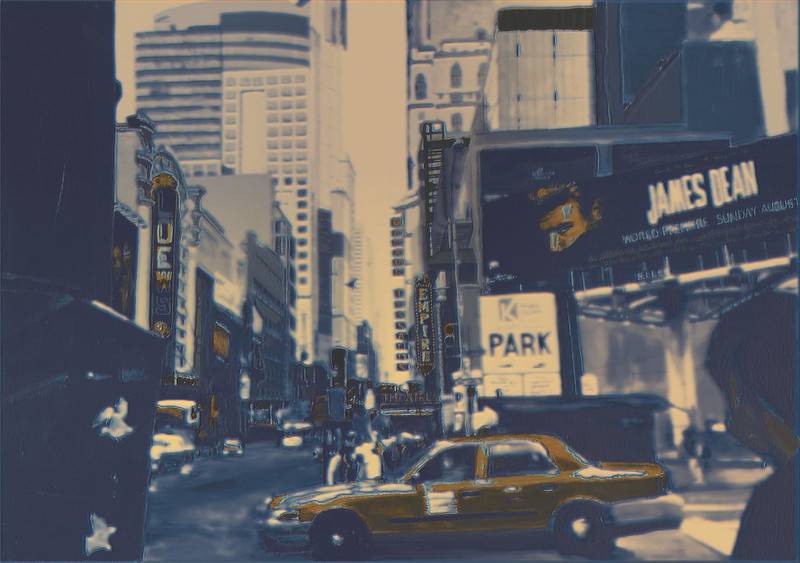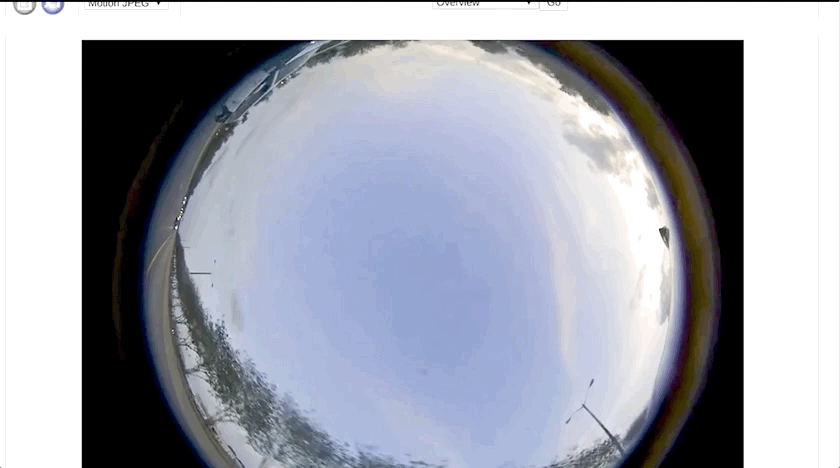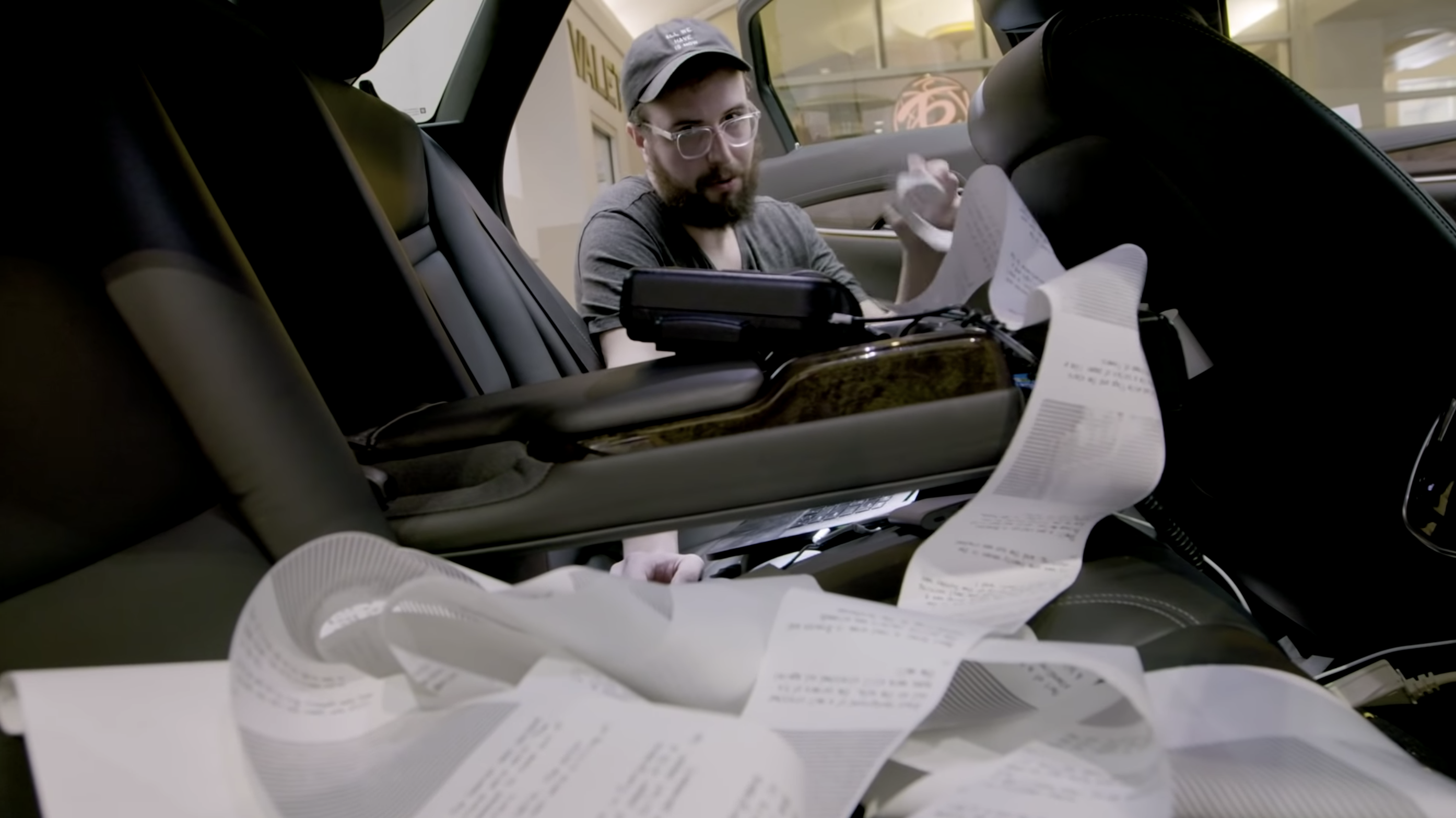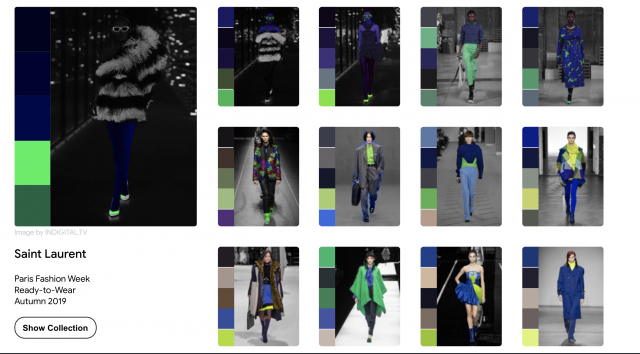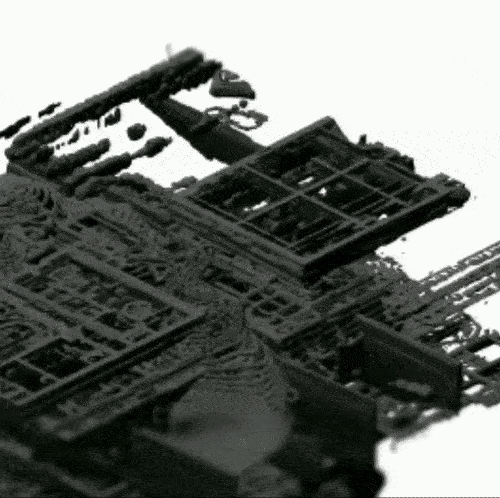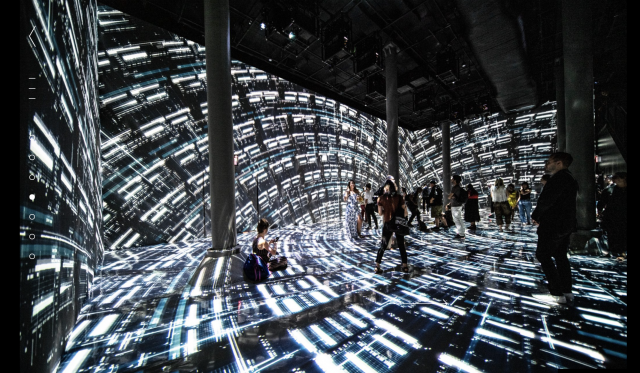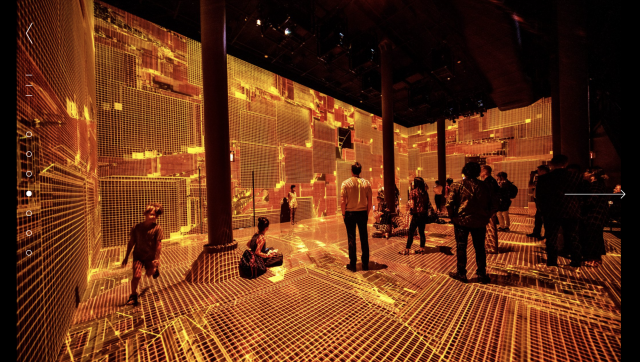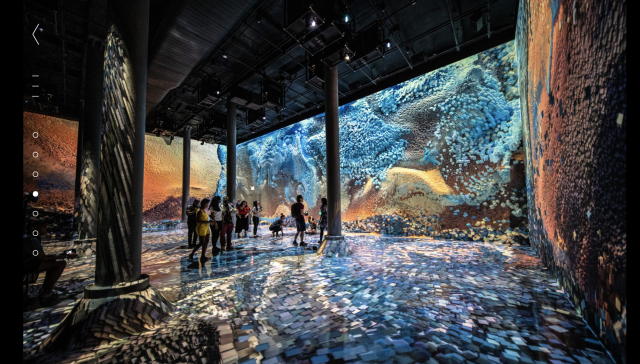For my looking outwards assignment I chose this video regarding Marina Abramovic’s VR work. I am familiar with Abramovic’s previous work but not in any particular detail (mostly stuff regarding her collaborations with Ulay) and this is the first time that I hear about her work in VR. The reason that this project was of particular interest to me is because it really showed me an application of VR that had less to do with living in a digital space, and with applications of games or artistic tool (I saw at least a good 5 or 6 videos that focused on modelling or drawing in a 3D space).
This piece right here is one of the pieces in the set that truly focused on approaching VR from a performance perspective, in a way. I really appreciate VR as an approach to fine art, as an effective form of conveying a concept and allowing a person t0 experience what you as an artist consider. It seems like a really elaborate space for conceptual work and I think that’s what’s so fascinating to me about this project by Abramovic.
